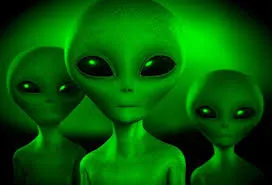
We technically have 8 planets currently, because some people(I won't mention names), got rid of Pluto but just for the sake of this article, let's all imagine that Pluto is still among the list of major planets. I want to write about each of the planets and their unique characteristics and what may or may not enable them to support life. I will also be talking about earth and what exactly makes it, to the best of our knowledge, have the unique capacity to support life.
Planet 1: Mercury
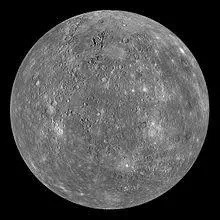
Mercury is a planet of extreme temperatures. It is either extremely hot, having a temperature of about 700 Kelvin on the side facing the sun or extremely cold, having a temperature of absolute zero on the side that is not facing the sun. There is no in-between for mercury. Scientists say there has to be at least liquid water or a breathable atmosphere for a place to sustain life but because of its extreme temperature, mercury has neither of these. There are a lot of asteroid impact marks on the planet, and this is also a mark against it sustaining life because as we all know, an asteroid was what wiped out the dinosaurs.
Planet 2: Venus
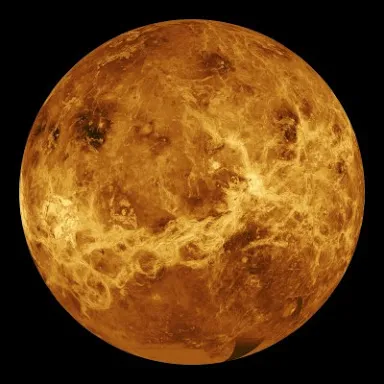
Although very very slim, due to its also extreme temperatures, some scientists claim that it it possible for some specialized organized, particularly thermoacidophilic extremophile microorganisms to survive on Venus. This is because although there is some atmosphere, it is very acidic, largely due to presence of large amounts of toxic chlorine, sulphuric acid and carbon dioxide.
Planet 3: Earth
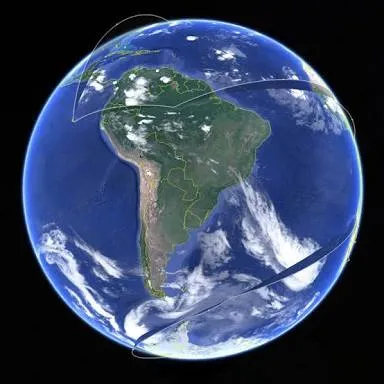
We are all pretty familiar with this one, especially if we consider the fact that we live here. What everybody knows is that the earth is habitable, but do we know why?. First of all, the earth, unlike mercury, has an ozone layer which protects us from the Ultra Violet rays of the sun. The earth has an optimal distance from the sun, there is the presence of water and a favourable atmosphere for billions of species inhabiting the earth. There is a wide range of temperatures found on the earth and each specie has a particular evolutionary adaptation that allows it to survive in its habitat. All these characteristics make the earth compatible for humans and countless other species to live in. But I for one don't know if aliens are real and if they are, what is our guarantee that our atmosphere isn't poisonous to alien species. As the saying goes, one man's meat is another man's poison.
Planet 4: Mars
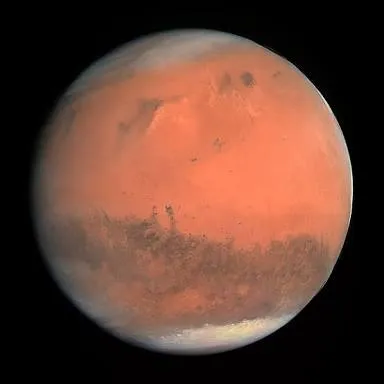
Mars has been a source of serious debate for scientists for years, especially because of its proximity and similarity to the earth's atmosphere. Water and the gas, Boron, we're found on Mars this year but habitability is not presence of life. Mars has no protective magnetosphere and little atmosphere, this would make it very hard to live in as there is no protection from solar rays. But for all we know, there could be species adapted to live in these conditions.
Planet 5: Jupiter

Jupiter is the largest planet in the solar system. It is a gas planet that comprises mainly of hydrogen and helium. Most scientists are pretty definite in their answer that Jupiter is not at all compatible to life. It is a very unstable planet without a solid surface to live on, with the exception of free floating organisms. Although it is almost certain that there is no life on this planet and there is no definite proof, scientists claim that it it highly likely that one of Jupiter's moons called Europa, has some organisms inhabiting it.
Planet 6: Saturn

Saturn is a very inhospitable planet. The top surface layer of the planet has very high temperatures but the further down into the atmosphere you go, the lower the temperature become. The lower temperature is not a benefit as the pressure at this point is very high. At the higher temperatures, there is no water but at the places that the temperature is lower and water is available, the pressure is too high to support life. Like Jupiter, Saturn's moon called Titan has been identified as the most likely to support life or already have some primitive microorganisms, as it is said to have an atmosphere like that of early Earth.
planet 7: Uranus
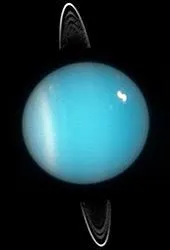
Uranus can definitely not support life, at least not any kind currently found on earth. It has no solid surface and is basically just one big ball of ice with an atmosphere comprising of hydrogen and helium. Even the regions with comfortable temperatures, have such high pressures that any living organism there would be crushed instantly. Also, Uranus does not possess any source of convertible energy, like the sun provides for the earth.
Planet 8: Neptune

There is a belief that where there is water, life is also present. The surface of Neptune is pretty cold, about 55 Kelvin, but as you go further down the temperature and pressure become higher, so it is possible that life may exist beneath the surface of Neptune but we cannot know for sure.
Planet 9: Pluto

I know Pluto is technically not a planet anymore but I like it so I will write about it. According to scientists, Pluto might have life very deep beneath the surface because actually Pluto has a subsurface ocean, which is liquid and not ice and might actually possess an atmosphere.